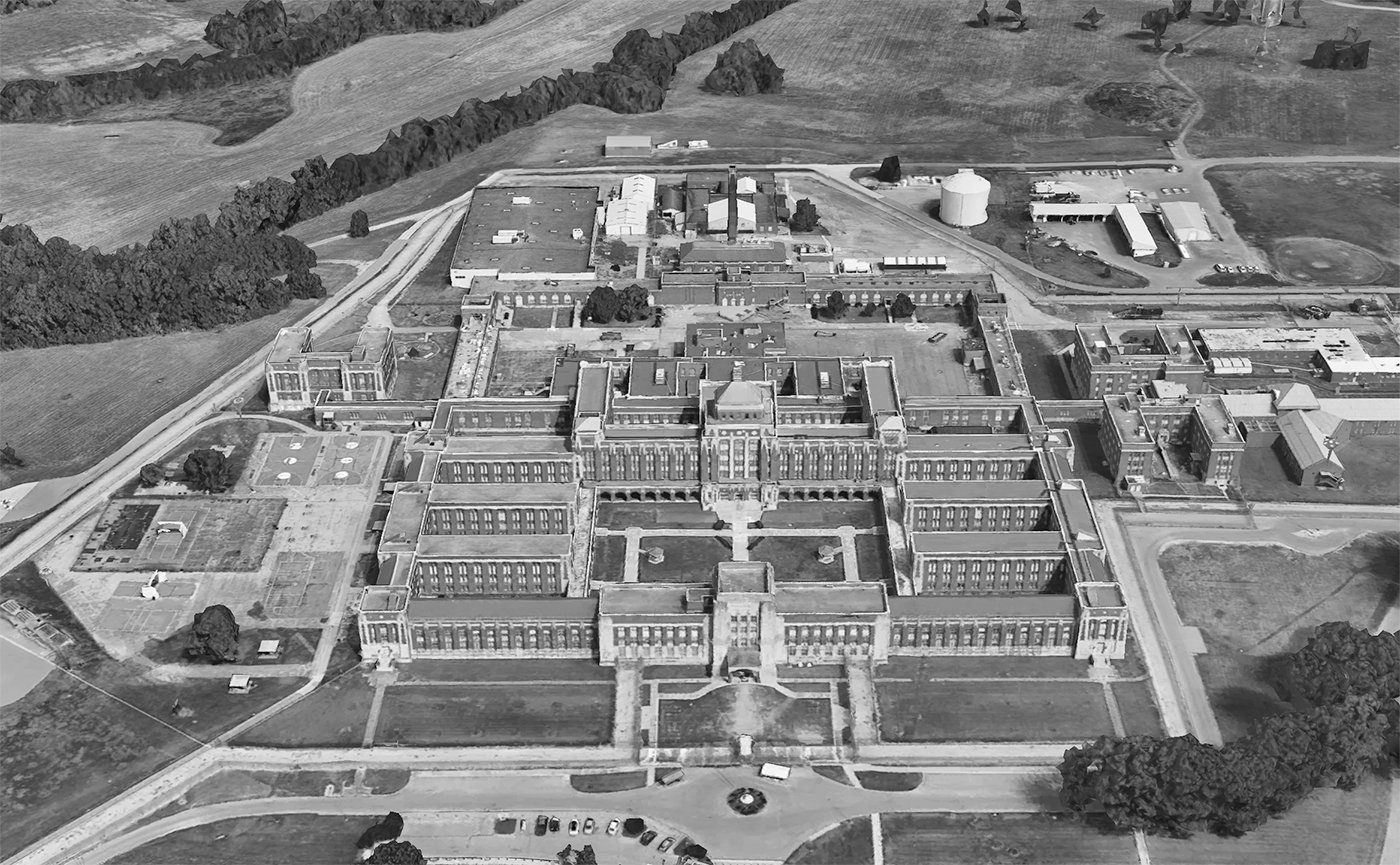By Heather Harris, with research support from Thomas Sloan
Adopting untested policies helped California courts resolve criminal charges safely amid a public health crisis. Of the main policies, only remote hearings have endured—and their future is uncertain. Assembly Bill 199 allows California courts to conduct most criminal hearings remotely only through 2023.
This report chronicles how the COVID-19 pandemic affected the courts in 2020, describes policy responses, and assesses the impact of remote hearing policies on conviction and sentencing outcomes within six months of arrest.
Pandemic conditions challenged the courts’ capacity to resolve cases. An estimated 55,000 criminal cases that would have completed within six months remained unresolved at the end of 2020.→
Courts acted swiftly to adapt to pandemic conditions. Three main strategies included modifying pretrial release to reduce jail populations, permitting remote hearings, and extending case timelines.→
Uneven adoption of policies, coupled with geographic differences in where people live, meant that Black and Latino defendants had greater potential than people of other races to experience pandemic policies.→
Remote hearing policies reinforced pandemic trends for lower conviction rates, but counteracted trends in sentencing. When remote hearing policies were in place, rates of conviction within six months of arrest fell, with outcomes for white, Latino, and Black people driving this result. Misdemeanor convictions were less likely to lead to jail and more likely to receive noncustodial sentences such as probation and money sanctions, mainly for white, Latino, and Black people. Felony convictions were less likely to result in prison and more likely to lead to jail, and outcomes for Black people dominated this result.→
Remote hearing policies contributed to racial differences in criminal case outcomes. Inequity in conviction and jail sentence rates narrowed between white and Latino defendants and between white and Black defendants. By contrast, racial inequity widened in the likelihood of being sentenced to money sanctions and probation.→
Arguably, whether a criminal proceeding is conducted virtually or in person should not influence whether a person is convicted or how they are sentenced; yet remote hearing policies have affected both. Before Assembly Bill 199 expires, policymakers will need to determine whether these outcomes are desirable and how to factor them into decisions about whether to allow criminal cases to proceed remotely.
San Francisco: Public Policy Institute of California, 2023.



















